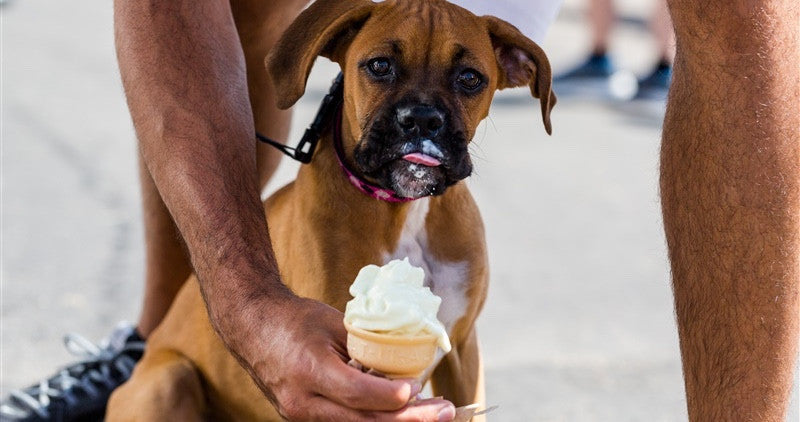

Should your pooch be deprived of this delicious guilty pleasure?
In almost 30 years working as a veterinarian, I have yet to come across a dog that does not like treats. Most people love treating their dogs and who can resist those eyes, right?!
When it comes to opinions on treats, there are three groups of dog lovers. The first one says that dogs should not get any treats at all, the second group advocates for their dog to have a little piece of everything that they eat and the third group believes that dog treats are ok as long as they are dog specific and not human food.
Most people would expect that as a veterinarian, I am in the “dog treats only” group, but I am not. I usually suggest giving treats based on their quality and whether the treats are species appropriate, meaning close to what dogs would eat in nature. The human/dog food categorization is an invention of pet food companies, which have a goal of selling more of their products. One of the ways they do this is by making their customers falsely believe that people food is no good.
When it comes to treats, I usually like to give pieces of cooked or dehydrated meat or grain-free treats from companies I trust, but in a world where ingredients are sourced from all over the place, it is much safer to make them yourself.
There are also the special moments, where I give my dog a small spoon or two of ice cream or some other delicacy that in small amounts are harmless, especially if it has no preservatives and food additives.
Recently, I came across a few tweets that went ballistic over a picture where little Prince George let the family dog lick his ice cream. Some people went as far as calling this benign and innocent action abuse. Others were concerned that the ice cream was beige and that it could have had some chocolate in it.
I am not saying that dogs should eat ice cream on a regular basis, but a little lick here and there is fine. Personally, I would like to see the pantry and fridge of those online yellers to see what they eat.
When it comes to Prince George’s beige coloured ice cream, even if it was chocolate, it is very unlikely a dog will have any problems from a little trace of cocoa. My experience is that only solid dark chocolate causes clinical signs of chocolate poisoning. Seeing people freaking out about a dog eating beige-coloured ice cream is a sign that they have very little understanding of how much chocolate a dog would have to eat to get ill.
In light of the countless scandals involving processed food and dog treats, I would much prefer my dog getting a lick of natural, good-quality ice cream than giving him kibble or most processed treats.
However, I do have one suggestion when it comes to giving your dog a special treat. It is better not to give a treat when your dog is asking because that way, you prevent him or her from whining, begging and being sad when no treats come. I also do not like routinely giving treats because, in my mind, setting these expectations generates begging and a degree of suffering if you do not want to give your dog a treat when he or she expects it. Ideally, make treat giving random and use human food and delicacies only as a rare treat.
If you are interested in learning more about dog treats and what to give, read more here.
© Dr. Peter Dobias, DVM